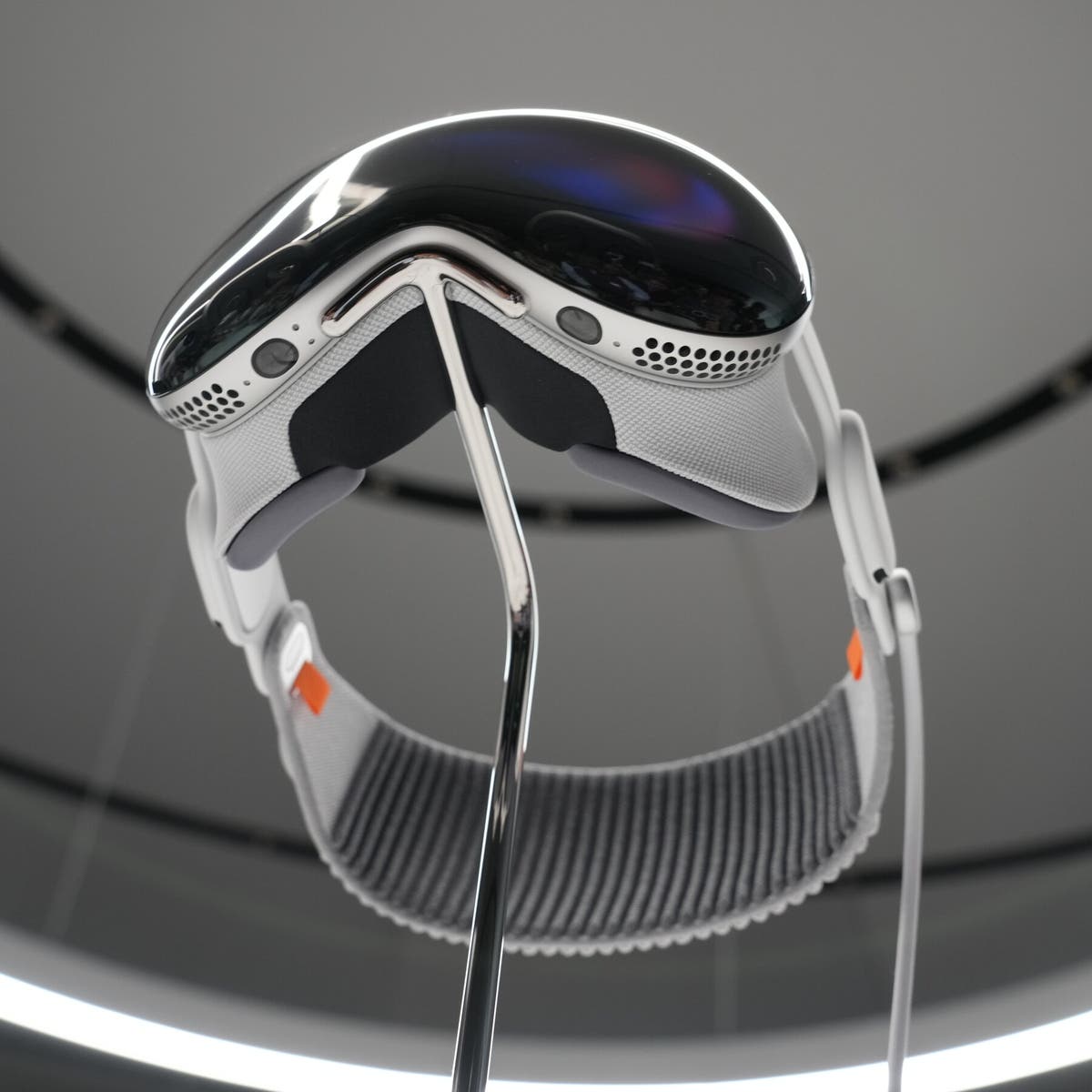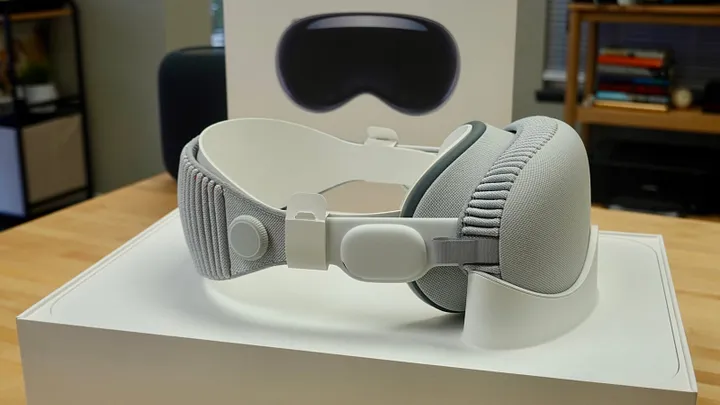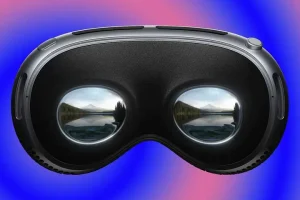
Apple’s Vision Pro: Magic or a Mirage?

The Apple Vision Pro made its debut in US Apple stores on Friday, marking the tech giant’s first major release since the Apple Watch.
The device is priced at $3,499 (₦4.9m), excluding tax and additional accessories like the required $100 Zeiss lens inserts for prescription glasses or contacts and a $200 travel case.
For enthusiasts of virtual and augmented reality, the Vision Pro’s arrival from Apple is a milestone in the evolution of online life beyond smartphones. Despite its high price and Meta’s middling success with similar releases, early reviews cast doubt on whether the Vision Pro will be a game-changer.
The Verge calls it “astonishing” but notes “impossible to ignore” trade-offs. The New York Times deems it “impressive” yet questions its target audience.
“Who will buy it?”, it asks.
The Guardian Nigerian noted that critics acknowledge a definite “wow” factor, praising state-of-the-art image quality and the unique experience of interacting with apps using only eyes and fingers. However, concerns arise about the headset’s weight and reliance on a clunky battery pack.
Review: The Beginning of Spatial Computing Era by Alfredo L’huissier
In a Medium post, a tech writer, Alfredo L’huissier, gave a concise review of the debated gadget.
“Apple’s entry into the spatial computing realm with the Vision Pro is a bold statement, positioning the device as more than just a VR headset but as a comprehensive computing platform capable of running apps in a spatial environment”, he stated.

According to L’huissier, luxury and attention to detail define the Vision Pro’s unboxing experience. The premium packaging, complete with a travel case and high-quality polishing cloth, sets the stage for a superior user experience. While the seamless setup process is commendable, there are concerns about the headset’s weight for extended use.
Design and Build Quality
The writer remarked that Vision Pro stands out in the VR headset market with its premium construction, utilizing magnesium, carbon fibre, and an aluminium enclosure.

EyeSight and Front Display
A key feature is the front display, designed to maintain a connection with the real world. However, mixed reactions surface due to practical limitations, including dimness and low resolution in practical use. The intention to enable eye contact faces challenges, resulting in an occasionally eerie and disconnected experience.
VisionOS and Spatial Computing
Running visionOS based on iPadOS, the Vision Pro boasts an extensive app library and a customizable experience with free-floating windows. Supporting apps from three operating systems, its approach to spatial computing and AR is more constrained, focusing on mixed reality and VR experiences.
For L’huissier, Apple’s Vision Pro is an extraordinary leap into the future of spatial computing.
“As the Vision Pro continues to evolve, with expected software updates and an expanding range of compatible apps, it is poised to transform the landscape of mixed reality technology. The Vision Pro is not merely a new product but a harbinger of the future, offering a glimpse into how mixed reality can reshape our interactions with the digital world”.
Clearly, opinions are divided as to whether the Apple Vision Pro is magic or a mirage. There’s only one way to find out- try it!
$3,499 for a headset might sound extremely ridiculous if you live in Nigeria where the minimum wage is a measly amount and ₦100, 000 cash gifts from government is celebrated.
If, on the other hand, you can afford Apple’s latest luxury, consider its practical limitations before buying.
Look before you leap!
Read more: President Tinubu’s Intervention Brought Ekiti Schoolchildren Home – Gov Oyebanji
About The Author
Related Articles
West African Proposes Alternative Plan as Burkina Faso Seeks Larger Stake in Kiaka Mine
West African Resources has submitted an alternative proposal to the government of...
ByWest Africa WeeklyNovember 28, 2025Barrick Gold Backs Down as Mali Tightens Control of Its Mining Sector
After more than two years of standoffs, seizures, legal battles and diplomatic...
ByWest Africa WeeklyNovember 26, 2025Surviving Poverty Through Pollution: A Day in the Life of Adamawa Bola Boys
Before leaving Lagos, I was sure that I had left behind memories like...
ByBankole Taiwo JamesNovember 20, 2025Cocoa Farmers in Ondo Push Back Against New Forest Policy
In Ondo State, tension is brewing between cocoa farmers and the government...
ByWest Africa WeeklyNovember 5, 2025











